|
The steeples of two landmarks on Milwaukee's south side: St. Joseph Chapel and the former St. Lawrence Church, now home to Notre Dame School of Milwaukee. Over the years, many of the sisters of SSSF taught at St. Lawrence and students crossed the street to minister in Chapel as altar servers at morning Mass. Downtown Milwaukee and Lake Michigan can be seen in the background. Photo courtesy of SSSF. All rights reserved. After a disastrous fire of the original motherhouse in Milwaukee’s Burnham Park neighborhood, the School Sisters of St. Francis rebuilt their motherhouse, St. Joseph Convent in 1891. Over the years, more handsome buildings were added to the campus, including the magnificent Italian Romanesque Revival St. Joseph Chapel completed in 1917 and the Sacred Heart retirement home was renovated more recently. Since its founding, the SSSF have preserved Archives for study by the religious community, relatives of the sisters, and for scholars and members of the public. The rich trove contains works published by members of the SSSF community, reference materials, historical documents, textiles, objects, and more. Eva Stefanski, archivist for SSSF recently discussed the diverse collection and her ongoing work to preserve it. Sister Julie Knotek, unidentified sister, Sister Ann Marie Dressler and Sister Frances Recker (left to right) at St. Lawrence School across Layton Blvd. from St. Joseph Convent, Milwaukee. Photo courtesy of SSSF. All rights reserved. Current display of items in the Archives from the original Motherhouse in Campbellsport. Photo courtesy of SSSF. All rights reserved What is the focus of the collection you oversee? The School Sisters of St. Francis have a long and rich history lasting almost 150 years. The worldwide membership of the community marked its peak of 4,140 members in 1965, and today, with roughly 640 sisters and 170 lay associates worldwide, the congregation continues to serve in North America, Central and South America, Germany, Switzerland, India and Tanzania. The Archives focuses is on preserving materials that chronicle that history along with documents and artifacts that demonstrate the mission, charism, and administration of the community today. We preserve the materials to aid in the congregation’s current planning and decision making as well as to illustrate the history of the community and enable genealogical and historical research. Mother Corona with the faculty of St. Joseph Middle School in Tsingtau, China in 1936. Photo courtesy of SSSF. All rights reserved Who is your audience and how does your collection interest them? Our audience is more varied than one might initially think. While many of our patrons are the Sisters themselves, we get many other types of requests. People often don’t realize that the Sisters lead accomplished professional lives just as lay people do. We are contacted about books they have written, music they have composed and recorded, and art they have created. Additionally, the Motherhouse, the chapel and the surrounding buildings are a historic landmark, so we get many questions about the history of the buildings and grounds as well as the architecture. Also, many requests come for more information about the history of different missions all over the country. The history of the Sisters is deeply embedded in the history of many other parishes, schools, hospitals and communities. Finally, we support frequent genealogy requests. Many lay people with ancestors who belonged to religious congregations want to understand the lives and accomplishments of these women. View of St. Joseph Chapel from the loft. Photo courtesy of SSSF. All rights reserved. What has been the biggest challenge concerning the collection? While working with an international collection is exciting, it’s also challenging. The foreign provinces such as Germany and Honduras have their own archival material in addition to what we have in our collection. Visibility across collections is low, so it can be hard to know where gaps exist and how all of the materials fit together to tell the larger story. Until we are fully able to increase access through digitization, the only way to get the full impact of the scope of our collection is to travel to all of the collecting sites. Alvernia High School Chicago Students lining up for lunch at Alvernia High School in Chicago in 1943. The all-girls school was the first that the School Sisters of St. Francis sponsored and built, opening in September 1924. Photo courtesy of SSSF. All rights reserved. How do you safely display and/or store high-risk pieces from the collection? In Archival work, it is all about what we call “archival housing”. This term refers to the products and materials we use to store and maintain pieces in the collection. Archival housing is not just for rare and fragile items – it ensures the longevity of even simple business documents through the use of things like acid-free folders and boxes. Disaster planning is also critical. Finding the best locations to store collections includes understanding the risks around the potential for things like leaky pipes and mold and having a process that enables you to act quickly if risk becomes reality. Photo and paper ephemera from the Mission in Tsingtao, China in the 1930’s and 1940’s. Photo courtesy of SSSF. All rights reserved. Archival Storage Boxes help preserve fragile documents, photographs, and ephemera. Photo courtsy of SSSF. All rights reserved. What advice do you have for collectors who are just getting started?
My advice for collectors is less about collecting and more about preservation. As an archivist, one of my primary concerns is how to ensure the longevity of the collection under my care. This should be a concern of any collector. Take time to understand the materials that compose what you are collecting and learn about the best conditions for storage and display such as how much light, humidity, and heat are appropriate. Consider not collecting a piece if you are not equipped to care for it or donating a piece to an institution that has the means to ensure its care. Decide early if you want your collection to outlive you and take measures along the way to ensure it will last for many years to come. ~Eva Stefanski, Archivist for School Sisters of St. Francis, October 2020 Editor’s note: Prior to the pandemic, I had the opportunity to tour the campus with archivist Eva Stefanski and Alfons Gallery director Valerie Christell. The historic buildings are filled with beautiful architectural details and fine art made and collected by the sisters. Since all buildings are closed to visitors for safety reasons, explore the SSSF website to learn more about their leadership in the arts and view their video tour of St. Joseph Chapel. |

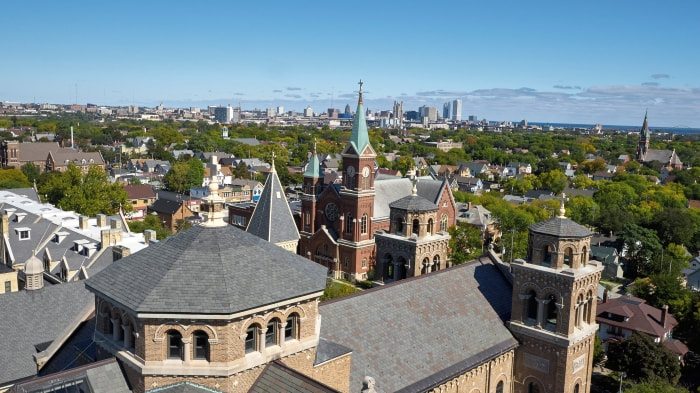
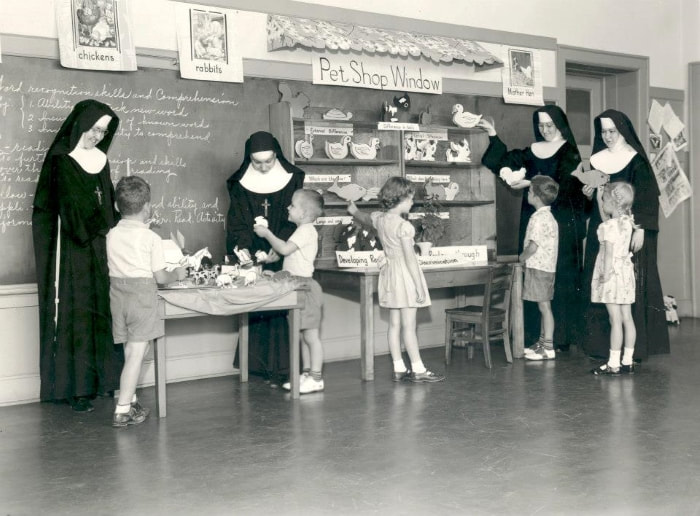
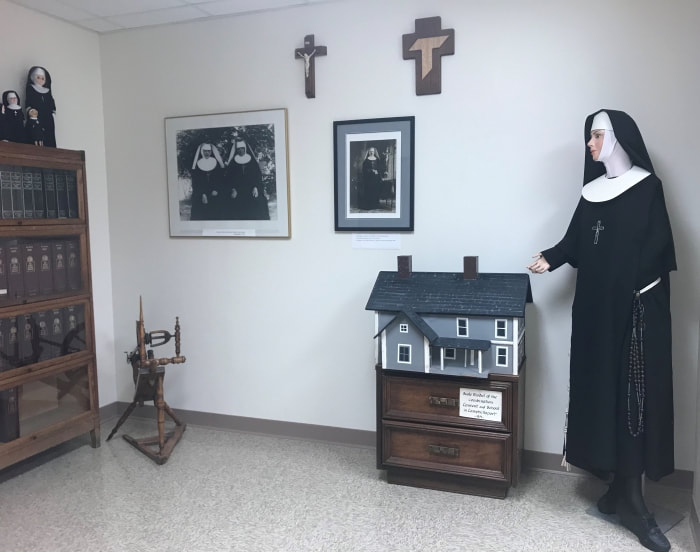
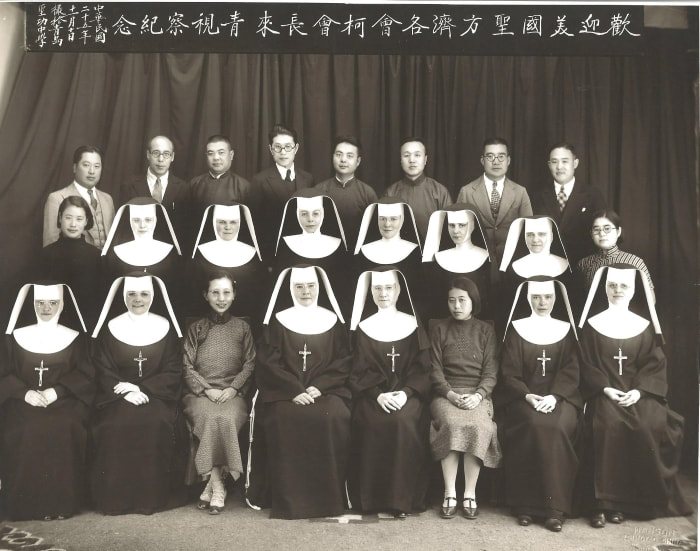
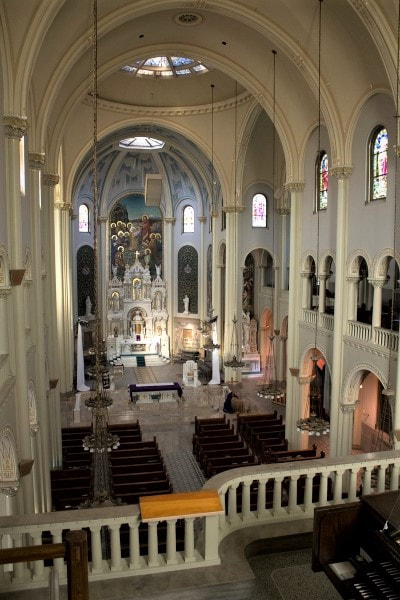
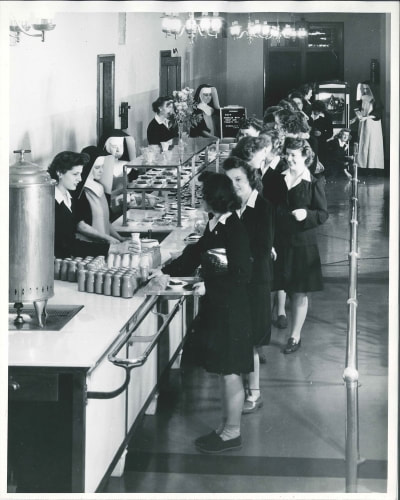
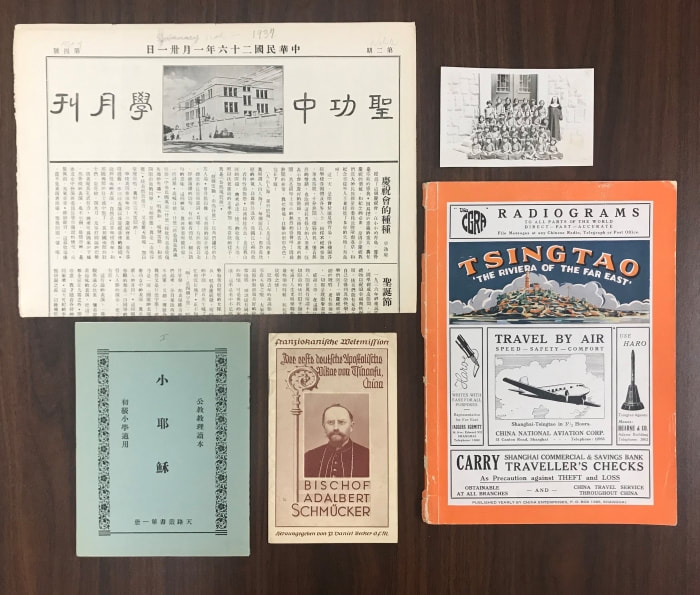
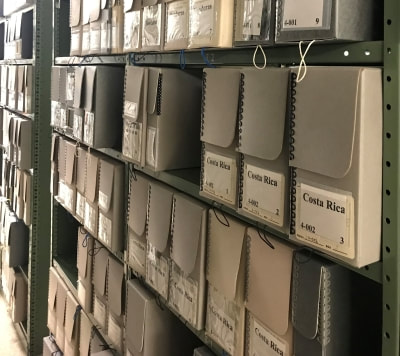
 RSS Feed
RSS Feed





